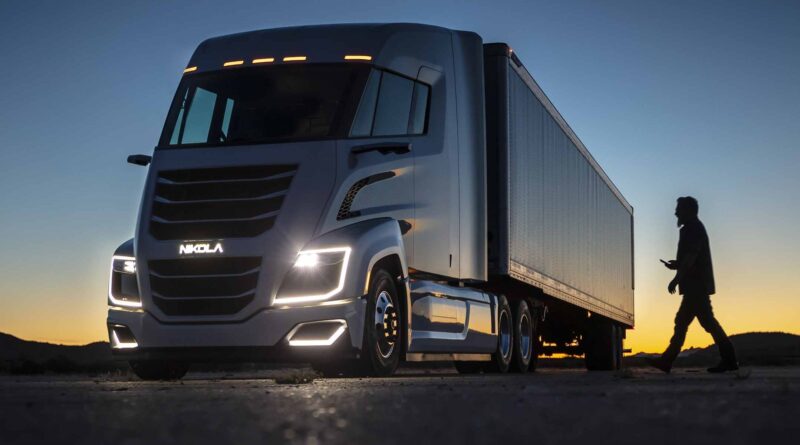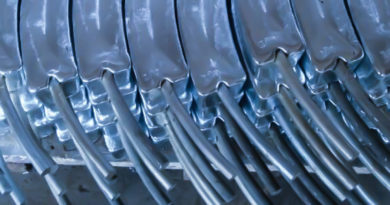Platinum Pioneers: taking hydrogen fuel cells to the mainstream
One is a Japanese global brand that has been building vehicles for over 80 years, the other a US start-up truck company founded in 2014, yet 2020 is set to be a landmark year for both, based on their common conviction that hydrogen fuel cells are a key part of an emissions-free future for the automotive industry.
Japan’s Toyota Motor Corporation is a world leader in fuel cell electric vehicles (FCEVs); it pioneered the first commercially-available passenger FCEV, setting a milestone for the industry when the Mirai rolled off production lines in 2014.
The first-generation Toyota Mirai is a four-door, mid-size sedan with a driving range and refuelling time equivalent to internal combustion engine (ICE) vehicles. Since launch, approximately 10,000 Mirai have been sold globally.
This year, Toyota is taking a further step forward with its FCEV technology as the second generation Mirai goes into production, with the first vehicles due for delivery at the end of the year. Billed as ‘much more than an eco car’, the new five-seater Mirai has been totally redesigned and will offer a driving range in excess of 400 miles – a 30 per cent increase on its predecessor.
In the US, Nikola Motor Company – a pioneer in electric heavy-duty vehicle applications – had its stock market debut in June of this year. Although its FCEV trucks are not scheduled for production until 2023, a central tenet of its strategy is to disrupt the ‘class 8’ heavy-duty truck market in the US with a unique bundled lease ownership model aimed at fleet operators.
The aim of the model is to bring cost parity between operation of its fuel cell trucks and that of incumbent ICE vehicles. Under its bundled pricing, leases will include the cost of the truck, hydrogen fuel and repair and maintenance.
Owners will have the option to trade vehicles in after seven years or 700,000 miles, whichever comes first. Linked to Nikola’s lease ownership model, which focuses on truck operations that serve predictable, dedicated routes, a further part of the business’s innovative approach is the build-out of a network of hydrogen refuelling stations.
It also intends to supply hydrogen from renewable sources, offering an integrated, zero emission, hydrogen-powered transportation solution. Nikola currently has a pre-order book for some 14,000 of its FCEV trucks.
PLATINUM CATALYST
Both Toyota and Nikola are relying on proton exchange membrane (PEM) fuel cells that use a platinum catalyst in order to fulfil their FCEV ambitions. Although other catalysts have been tried, platinum is the only element that has proven to provide the consistent performance needed for a PEM fuel cell to work properly, particularly in achieving the long-life and reliability required in heavy duty vehicles.
In a FCEV, the fuel cell system is comprised of a fuel cell stack that converts chemical energy to electrical energy to produce power, with water and heat as the only by-products. FCEVs produce zero tail pipe emissions and, when fuelled by hydrogen produced from renewable sources, they offer a form of transport that is totally fossil-fuel free.
While the sales volumes achieved to date by these corporations is low relative to annual global sales of ICE vehicles, FCEVs are based on a well-established technology that is growing in momentum, led by the heavy-duty segment, which includes buses as well as trucks and other fleet vehicles.
In fact, in the US, port operators have been testing fuel cell trucks since 2011 with truck manufacturers and the California Air Resources Board currently using a US$41m freight project to test ten class 8 fuel cell trucks.




